Date and place
- February 1st, 1814 at La Rothière, Aube department, in Champagne, France (now part of the Grand-Est region)..
Involved forces
- French army (36,000 men) under Emperor Napoleon the First.
- Prussian army (150,000 men) under Field Marshal Gebhard Leberecht von Blücher.
Casualties and losses
- French army: 6 to 8,000 men killed, lost, injured or prisoners.
- Allied army: 6 to 8,000 men killed, lost or injured.
Aerial panorama of La Rothière battlefield
The general situation
The day after the battle of Brienne (January 29, 1814), Napoleon remained in the town
Although his intention was to march west-southwest towards Troyes
The Emperor therefore took up a defensive position, hoping to withdraw before being attacked. His wide-ranging positions prevented the enemy from gaining access to the Brienne plain
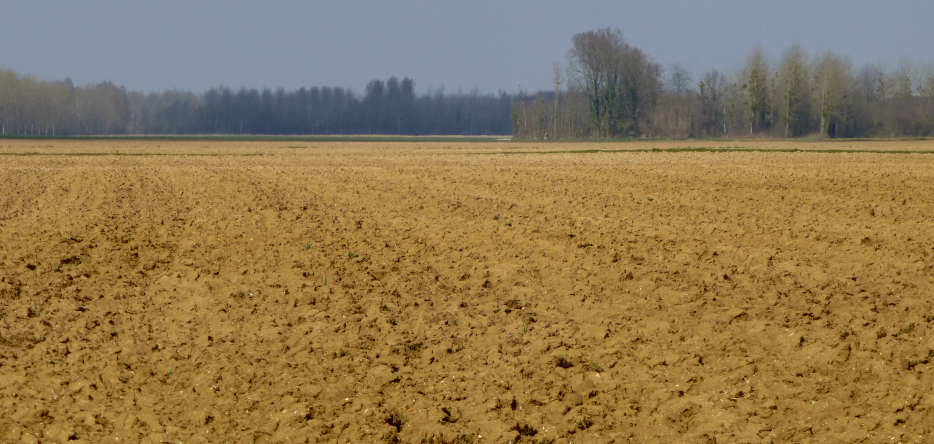
The layout of the armies
French Army
The French were arranged as follows:
- General Gérard commanded the 7,000-strong French right wing. It was located on the right bank of the river Aube
L'Aube , west of La RothièreLa Rothière , between DienvilleDienville and UnienvilleUnienville . - Marshal Victor was in the center with just over 11,000 men. His divisions occupied the villages of La Gibrie [La Giberie]
La Giberie , Chauménil [Chaumesnil]Chaumesnil , Petit-Ménil [Petit-Mesnil]Petit-Mesnil and La Rothière, with Étienne Marie Antoine Champion de NansoutyÉtienne Marie Antoine Champion de Nansouty 's cavalry blocking the interval between the last two. - Marshal Marmont, once arrived, would form the left wing with his 6,500 men.
- A reserve of 7,500 soldiers, under Marshal Ney, was established around
Surroundings of La Rothière the Beugné (or Bugney) farm [no longer existing today]Place where the Beugné farm was . One of its cavalry divisions was overseeing the reconstruction of the Lesmont bridge. - The cavalry reserves were stationed in the third line, under the command of General Emmanuel de Grouchy.
- Marshal Nicolas Oudinot was positioned in front of Brienne-la-Vieille.
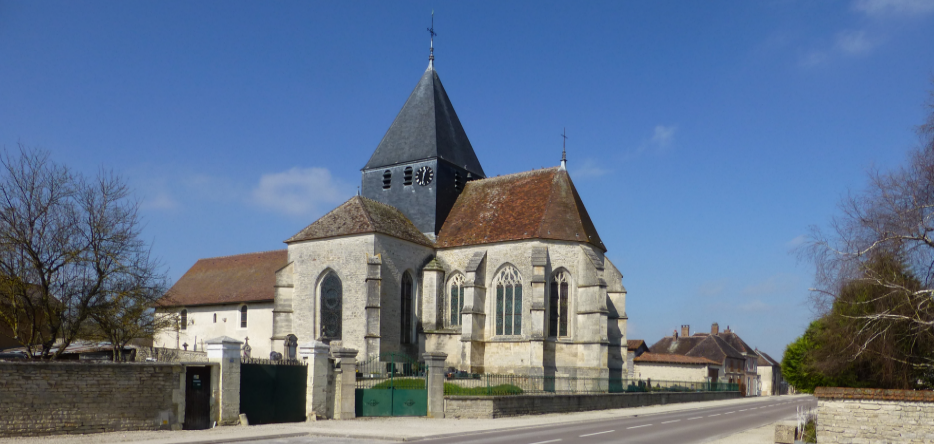
Coalition army
Opposite, Field Marshal Gebhard Leberecht von Blücher's vastly superior forces were organized into three main groups:
- The left, 20,000 strong, was commanded by General Ignácz Gyulay
Ignácz Gyulay . It was behind TrannesTrannes and would march on Dienville. - General Fabian Gottlieb von Osten-Sacken
Fabian Gottlieb von Osten-Sacken was in charge of the center. 23,000 of his men were tasked with attacking La Rothière, supported by General Zakahr Dmitrievich Olsufiev (Захар Дмитриевич Олсуфьев)Zakahr Dmitrievich Olsufiev and a further 23,500 soldiers. - 4,500 Cossacks ensured the junction with the right.
- The right was led by Frederick William, Royal Prince of Württemberg (Wilhelm Friedrich Karl von Württemberg)
Wilhelm Friedrich Karl von Württemberg , who held 12,500 men behind EclanceEclance , waiting to attack Petit-Mesnil. - The reserve comprised no less than 12,000 men and was held to the right of Bossancourt
Bossancourt . - A second reserve of 53,000 men was available, but took no part in the battle. It was made up of the troops of russian General Mikhaïl Bogdanovich Barclay de Tolly (Михаи́л Богда́нович Баркла́й-де-То́лли), spread out between Trannes and Bar-sur-Aube
Bar-sur-Aube , and those of General Hieronymus von Colloredo-MansfeldHieronymus von Colloredo-Mansfeld , whose orders were to advance along the road from Dienville to Troyes. Fortunately for the French, he did not arrive at Vendeuvre-sur-BarseVendeuvre-sur-Barse until around 2 p.m. on February 1, too late to carry out the prescribed movement in good time.
All these troops were concentrated in the Trannes defile, which prevented them from attacking together.
The battle
January 30 passed, then January 31. All remained calm.
On February 1st, the weather was miserable. It had been freezing all night and the snow was now falling in heavy flakes. The ground, soaked by the heavy rains of the previous days, had been ploughed by troops and vehicles. A major Allied offensive seemed increasingly unlikely as the hours passed.
When the morning ended with no movement reported from the allies, Napoleon could believe for a moment that his wish would come true. Marmont had arrived in Morvilliers
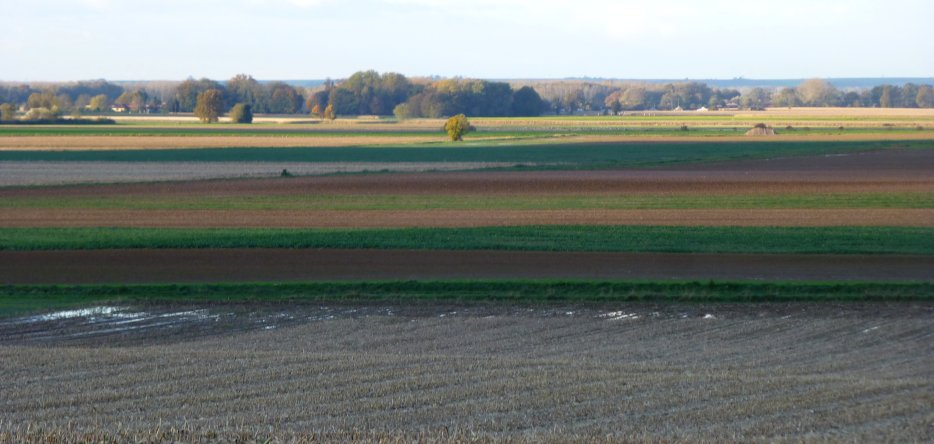
So, at 11 a.m., the Emperor gave the order to retreat. Ney set off for Lesmont, with the other corps preparing to follow. It was now midday. Blücher chose this moment to engage the enemy.
His idea was to drive the French out of La Rothière and Petit-Mesnil and deploy in front of Brienne, where he believed he would find the bulk of the French army. The allies considerably overestimated Napoleon's strength: they assumed he had 80,000 men, whereas he could only muster 36,000.
For Blücher, the movement he began was merely a prelude to the great battle of the following day. For the time being, he forbade the French troops to retreat, lest they be exposed to an attack as they crossed the Lesmont bridge. Ney had to turn back and resume his place in the system.
Emperor Napoleon, feeling that the hour was too late for the allies to launch a major action, intended to hold his position until nightfall.
The fighting
At noon, at Petit-Mesnil, the Prince of Württemberg, with 3,000 men, dislodged the tiny French outpost in front of the Forest of Beaulieu
Württemberg immediately deployed on the plateau, but came up against Marshal Victor who, after gathering all available troops (around 2,000 men), led a counter-attack. La Giberie was retaken by the French. With great difficulty, the Austrians retained control of the entrance to the defile through which they reached the heights.
Württemberg, who had stayed behind, could only see the peril of his situation: the bulk of his troops were trapped in the defile, while his vanguard was under heavy pressure, threatening to break at any moment. Grossly overestimating the size of the corps that had blocked his progress, he asked Blücher and General Carl Philipp von Wrede
The latter had arrived at Soulaines around midday, hot on Marmont's heels. Bringing with him 32,000 additional men, the Bavarian general was to have a decisive influence on the course of the battle.
Sacken arrived in front of the village of La Rothière at 2 p.m., and attacked again an hour later. He did so in successive waves, the soggy ground and snow flurries hampering his progress. The French repelled all the assaults, counter-attacking each time with cavalry charges on both flanks of the Russian columns. The Russians countered with their own cavalry. The French held their ground, but gradually weakened and lost a great deal of equipment.
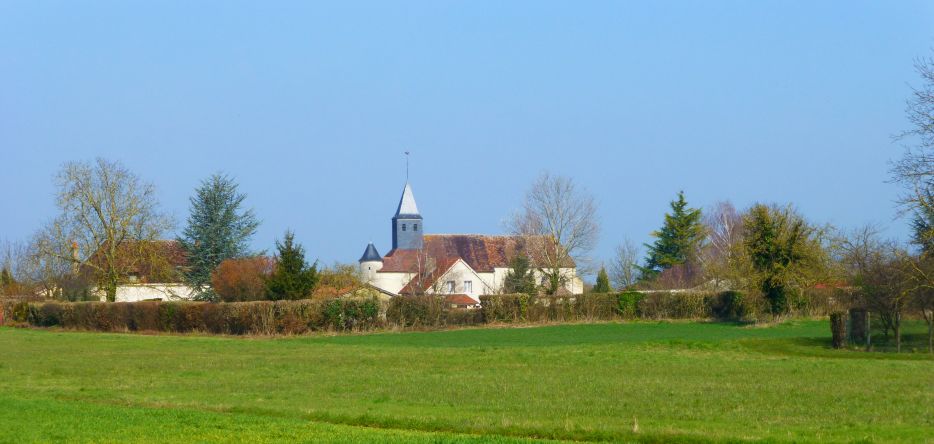
At the sound of the fighting, Marmont decided to move closer to Petit-Mesnil, marching his troops towards Chaumesnil and running into the Austrians near the Beauvoir farm
On the Allied left flank, Giulay moved up the right bank of the river Aube in the early afternoon. He advanced as far as Juvenzé [Juvanzé]
Warned of this move, Napoleon feared that by overrunning his right, Giulay would be able to seize the Lesmont bridge.
He therefore sent part of his reserve to Dienville. Positioned beyond the bridge
Further reinforcements were sent alternately by the belligerents, but no clear decision was reached. Fighting continued throughout the day, but Gérard's men, well entrenched in the city, could not be dislodged.
In the center, at 4 p.m., reinforced by two new divisions sent by Blücher, Sacken crushed La Rothière under fire from 72 cannons, then launched an all-out assault on the village. The entire southern half fell into his possession. The French had to retreat. Their cavalry, trying to free them, was cut to pieces and pursued by Russian cavalry on the road to Brienne, from which it fled.
Sacken took advantage of the situation to redouble his efforts on the northern half of the village. The French infantry, tumbled, was in turn charged by the Russian cavalry, but managed to regroup by holding on to the Beugné farm [48.36264, 4.55704].
Half an hour later, Wrede, who had just received a request for reinforcements from the Prince of Württemberg, abandoned his initial objective of turning the French left. Instead, he attacked Chausmesnil directly to relieve the Württembergers. 8,000 of his men were positioned opposite the village; 6,000 turned the village along the edge of the Bois d'Ajou; 7,000 others diverted to Morvilliers; the last 7,000 were sent to La Giberie.
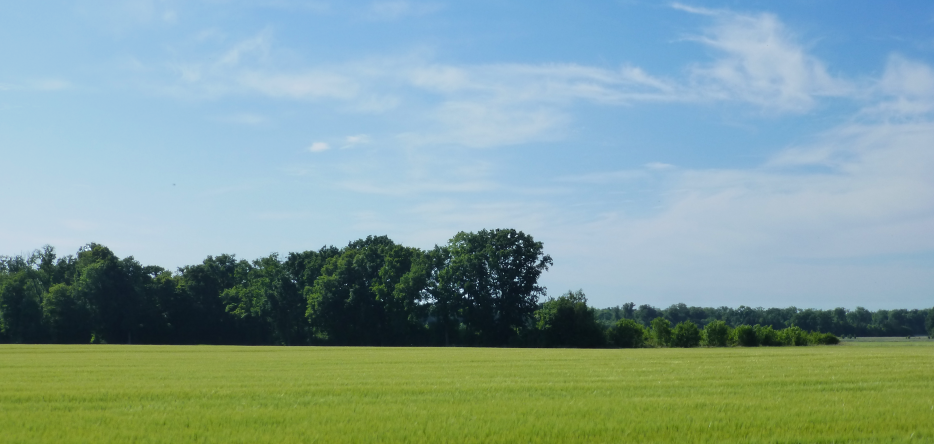
The French were soon forced to evacuate the village and retreat to the head of the Bois d'Ajou, a position they managed to hold. Marmont joined them there after abandoning Morvilliers, which he was unable to defend.
At the same time, Wurtemberg received a grenadier division (over 10,000 men) from Field Marshal Bluecher, in addition to the brigade (4,500 men supported by 2,500 cavalry) supplied by de Wrede. Thus reinforced, he resumed the offensive. His vanguard soon recaptured La Giberie, while Victor, threatened on both flanks since the coalition troops had recaptured La Rothière and Chaumesnil, locked himself in Petit-Mesnil.
Württemberg once again deployed on the plateau in front of the village, and had it attacked, fortunately for the French without much conviction. Supported by Grouchy's cavalry, Victor was able to hold on.
The French army was now in a very bad position. At any moment, the enemy, starting from Chaumesnil, could fall on the French, cutting Marmont off from the rest of the army.
So Napoleon personally accompanied the several thousand men he sent to recapture the village. Although they failed to do so, they did prevent the enemy, with the help of nightfall, from making the move that could prove fatal to the French army. Marmont, for his part, held on to his position at the head of the Bois d'Ajou, preventing the coalition troops from marching on Brienne.
On the La Rothière side, the village was entirely in Russian hands by 5.30 p.m. Its defense had cost the French 2,000 men and 18 cannons. There was a pause in the fighting.
At around 6:30 p.m., judging the battle lost, Napoleon sent Oudinot to lead a diversionary attack on La Rothière. With his 8,000 men, supported by Nansouty at the head of the Guard cavalry, the marshal had to give the various corps of the French army time to disengage and begin their retreat.
French retreat
The retreat began around 8 p.m., not before General Antoine Drouot
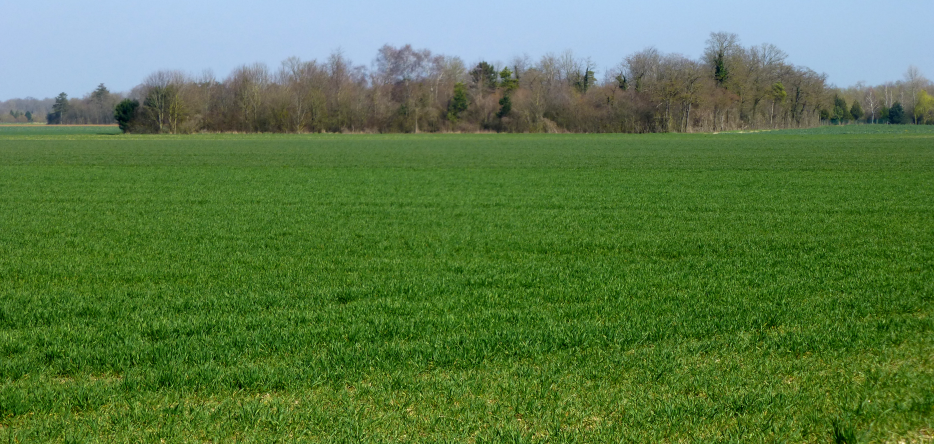
An hour later, Oudinot, covered by French cavalry, retreated as far as Brienne.
Gérard, for his part, did not evacuate Dienville until midnight, on Napoleon's express orders. The enemy did not realize this until the following morning.
Despite being in direct contact with the coalition troops, the French army managed to evade them during the night by camouflaging its movement (omitting, for example, to extinguish the bivouac fires as it left).
The bulk of the troops marched towards Troyes via Lesmont. Marmont retreated to Rosnay-l'Hôpital
Desertions were rife, and French morale was at an all-time low. According to Baron Agathon Jean François Fain Napoleon himself did not seem inaccessible to the general anxiety.
The following day, Blücher continued to implement his plan, deploying on the Brienne plain. To his astonishment, he found there no French troops left.
Aftermath of the battle
French losses were around 8,000 men, most of them wounded or prisoners, plus 50 to 80 cannons. The allies officially reported 6,000 dead or wounded, but the real figure was probably closer to 8,000 for them too.
The result can be assessed in various ways. Having retained the battlefield, the allies are the victors. However, they failed to destroy Napoleon's army when the opportunity presented itself, and therefore failed. Conversely, Napoleon was unable to halt the march of the allies towards Paris, and so did not achieve his goal. The decisive battle remained to be fought.
Perhaps the main effect of this confrontation was to inspire the coalitionists with excessive optimism. At a council of war held at the Château de Brienne
Picture - "Battle of La Rothière". Engraved by François Pierdon after a drawing by Henri-Felix-Emmanuel Philippoteaux.
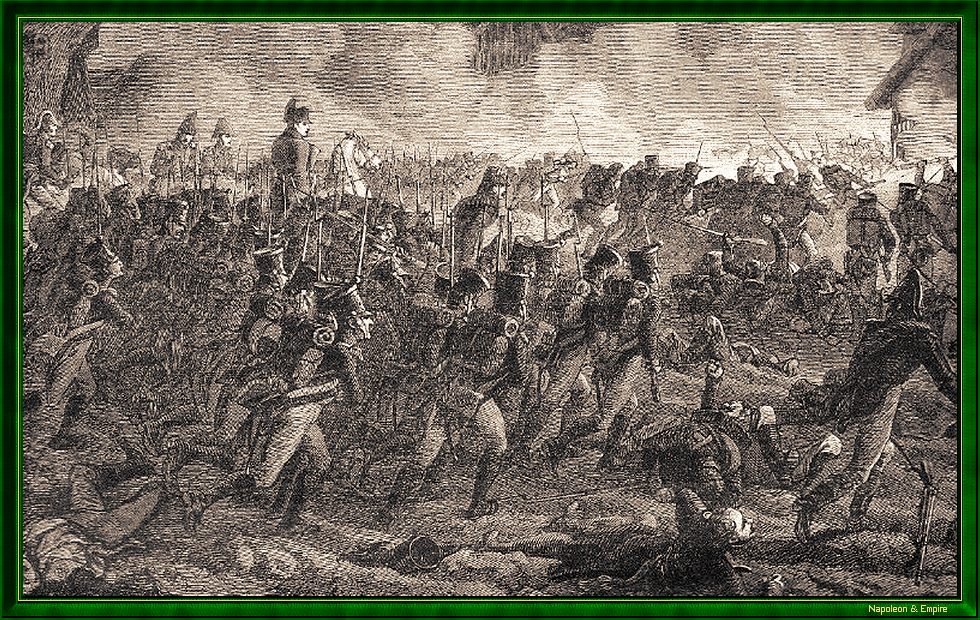
A commemorative monument
During the battle, coalition troops are ordered to wear a white scarf or bracelet on their left arm. This was a way for the leaders to ensure that soldiers from so many nations could recognize each other.
Allied monarchs watched the fighting from an observation post between Trannes and La Rothière.
Several villages, La Chaise and Morvilliers in particular, were subjected to brutal repression by the Allies for having armed themselves and helped Marmont's troops to entrench themselves: houses were razed to the ground and the "culprits" shot.
 Display the map of the Campaign in northeast France in 1814
Display the map of the Campaign in northeast France in 1814